This story excerpt was translated from Spanish. To read the original story in full, visit La Brava. You may also view the original story on the Rainforest Journalism Fund website here. Our website is available in English, Spanish, bahasa Indonesia, French, and Portuguese.
Where animals such as the jochi, taitetú, turtles, lizards, monkeys and other wild species used to run freely, 124 hectares of sugarcane fields now dominate. Little remains of the lush forest that once surrounded Buena Vista, one of the 20 communities of the Tacana Indigenous Territory in the Amazon region of La Paz. Walking through this place, which is the equivalent of 173 soccer fields, means resisting the 35 degrees Celsius in spring. The lack of shade provided by the tall trees, which were razed five years ago, makes it difficult to walk.
The inhabitants tell that in this place, and in the urban part of the community, the temperature has been rising since 2016. That year, deforestation began in order to plant sugarcane to supply the state-owned San Buenaventura Sugar Company (EASBA), located in the municipality of San Buenaventura in the department of La Paz, which borders part of the Tacana 1 Community Land of Origin (TCO).

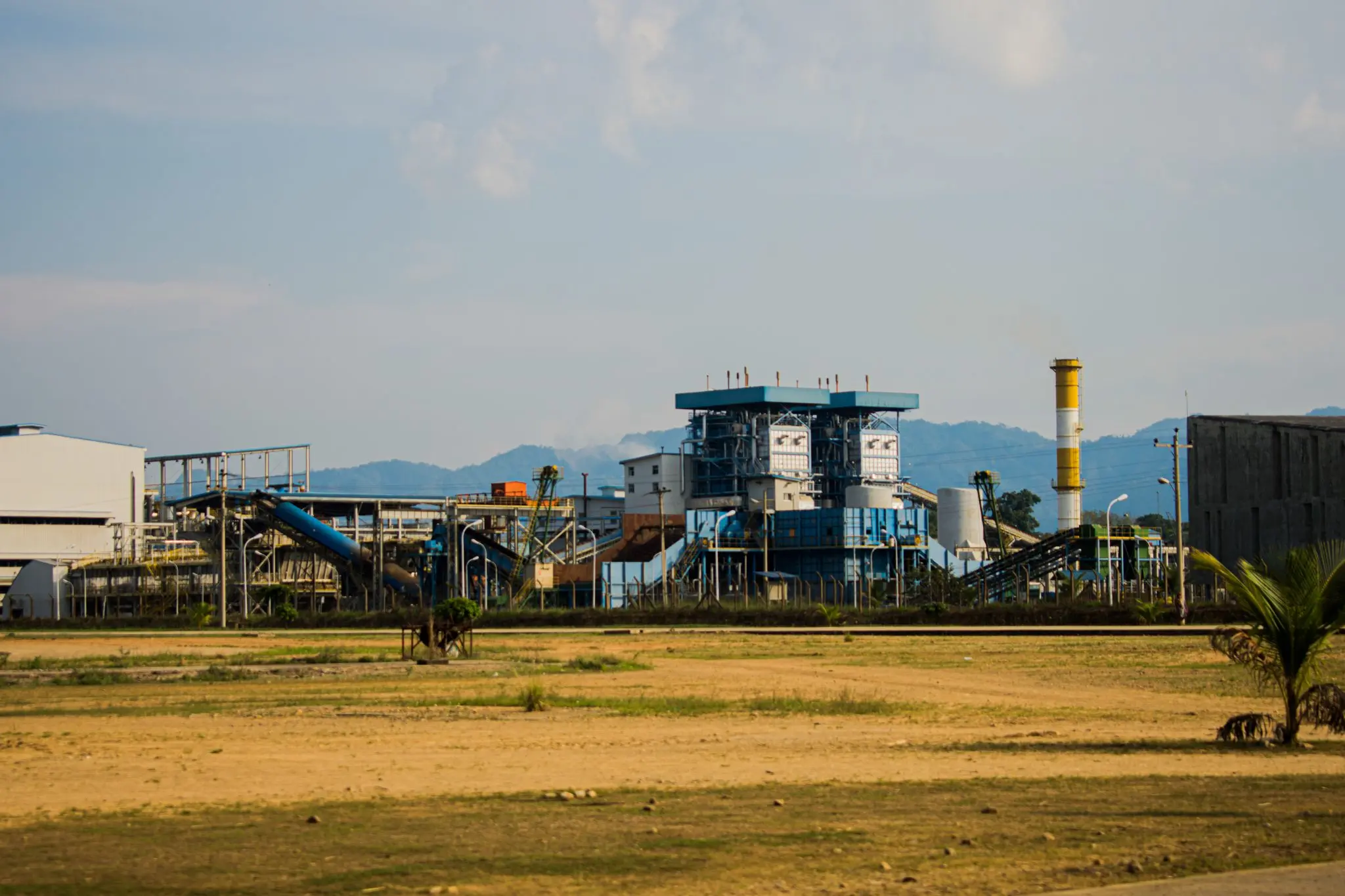
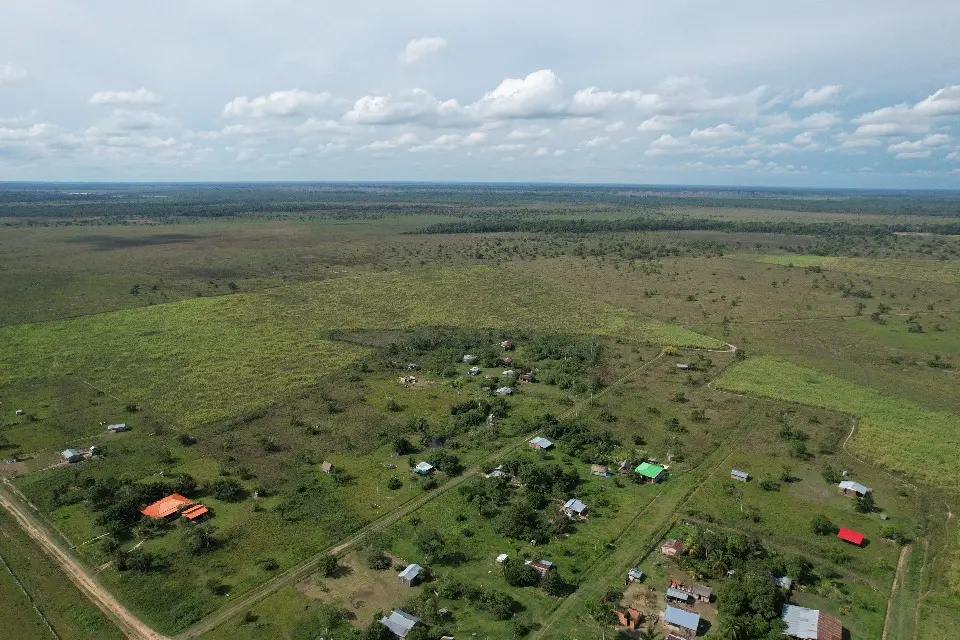
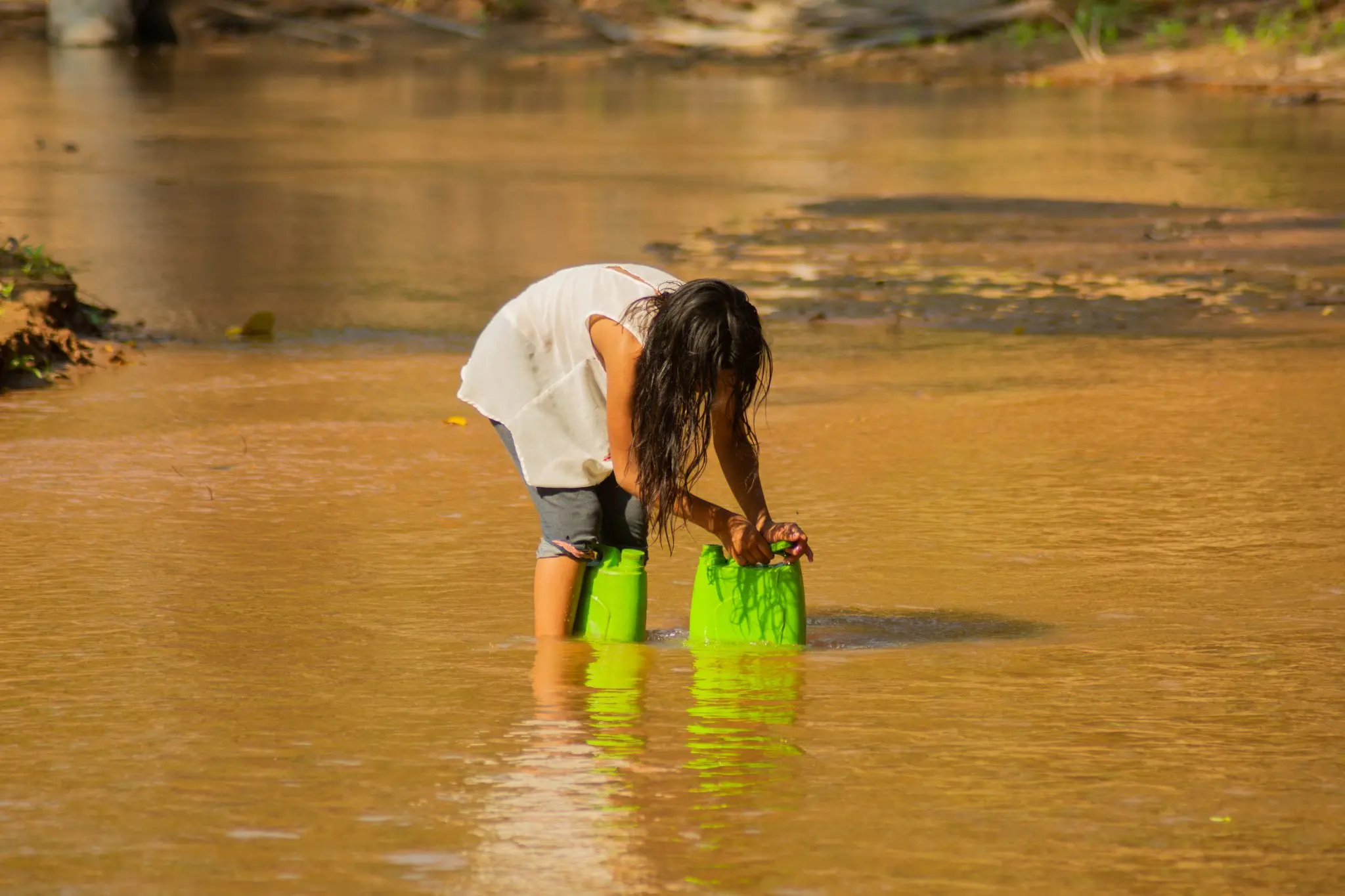
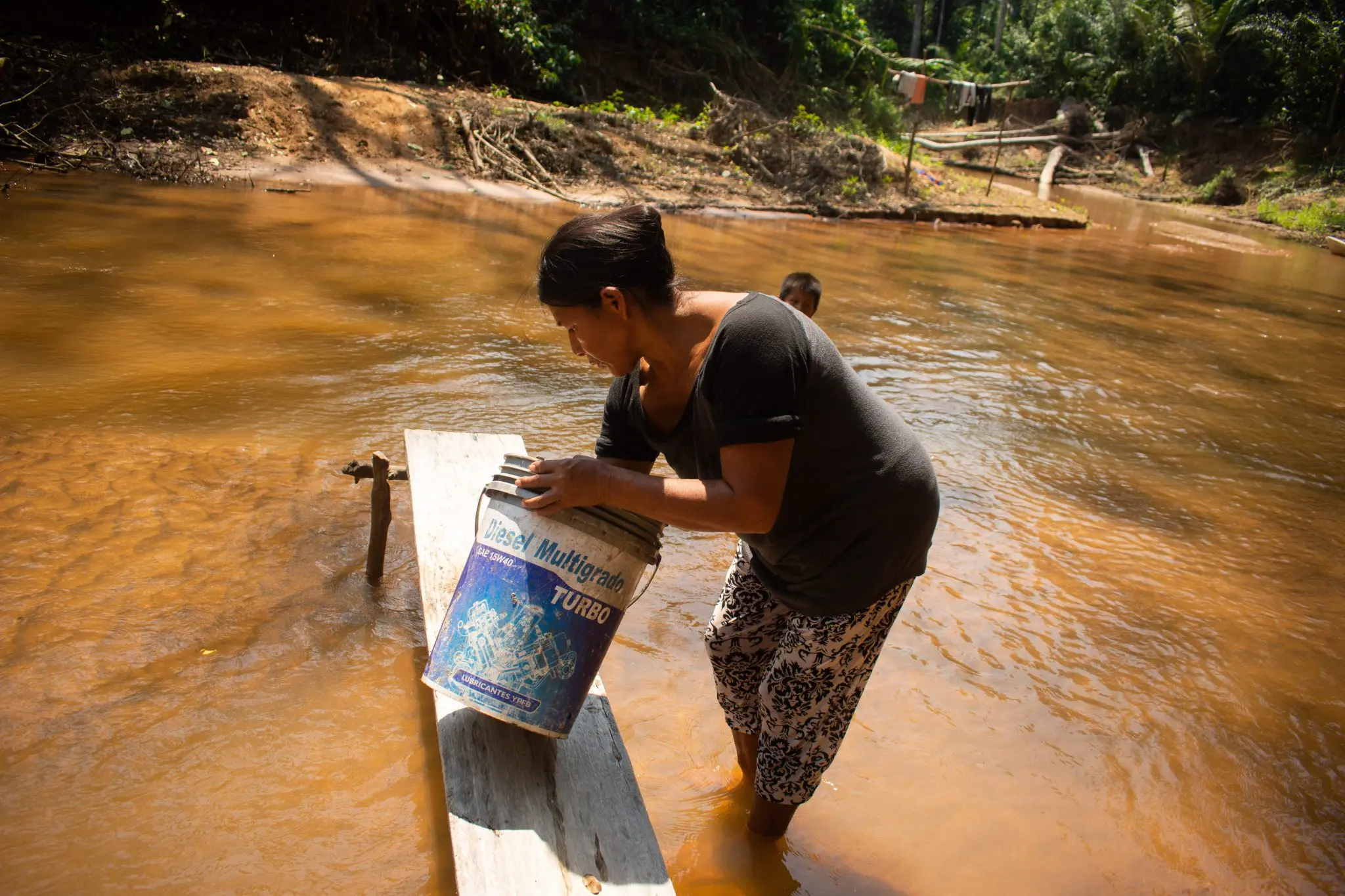
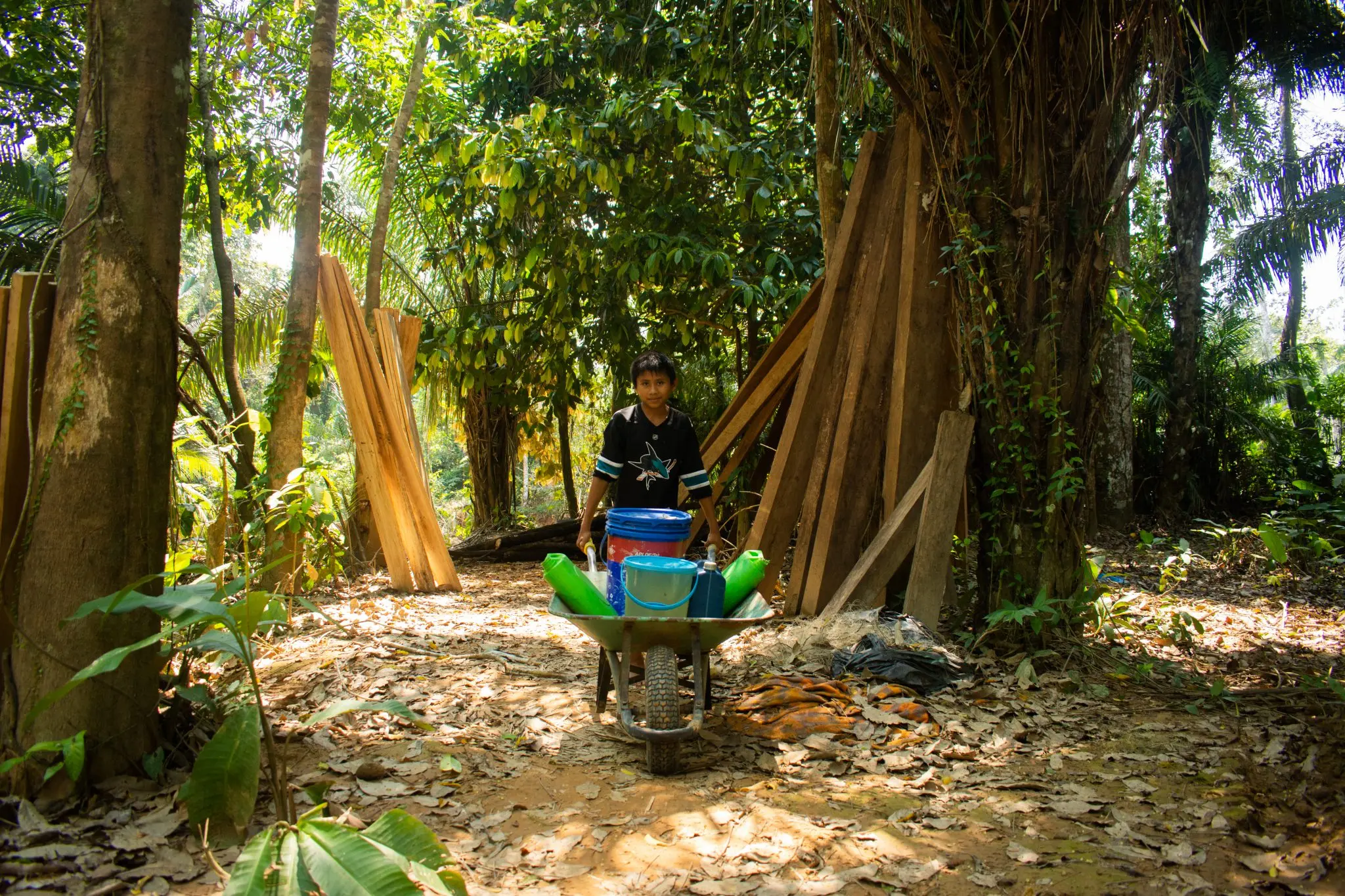
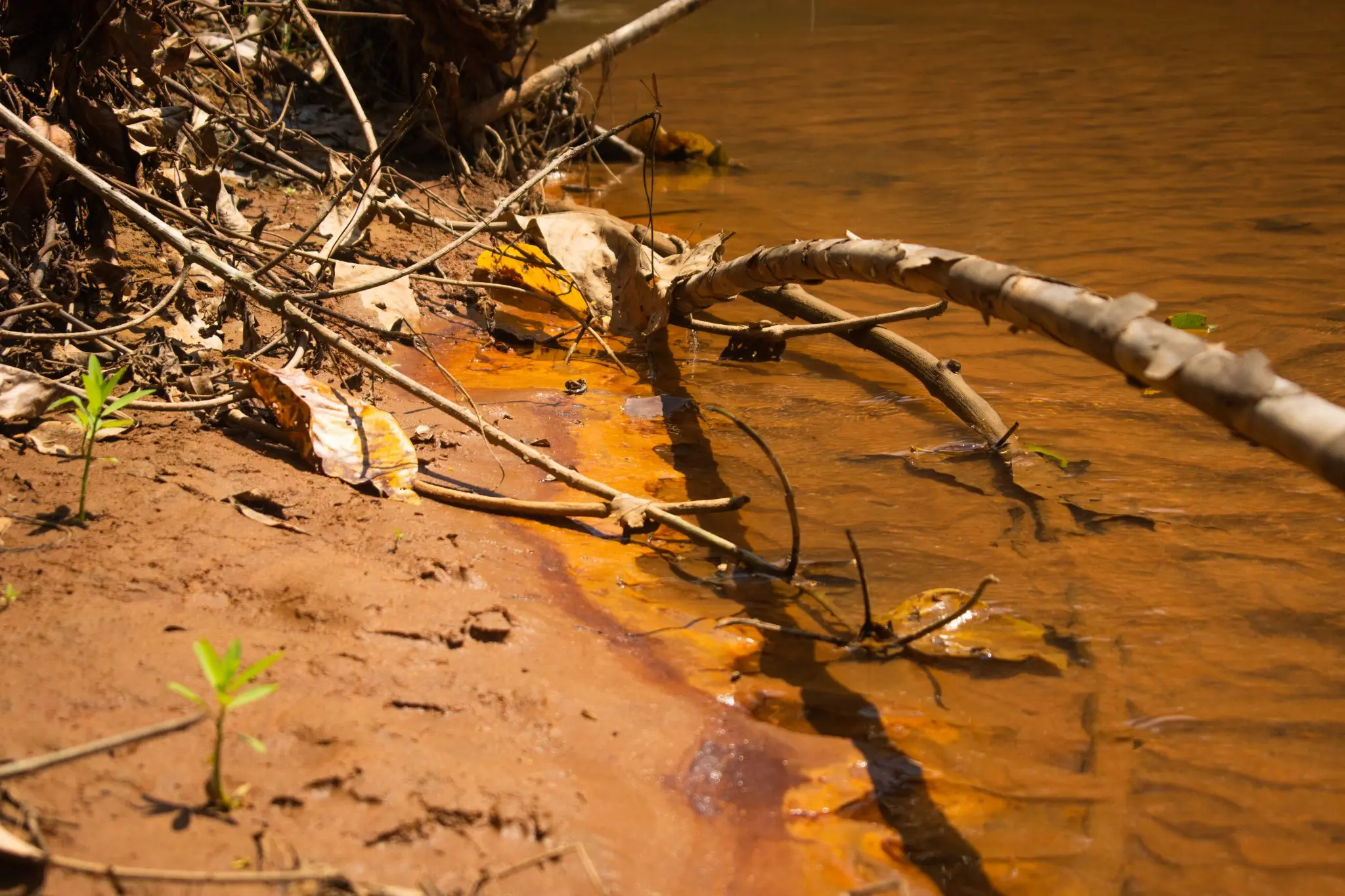
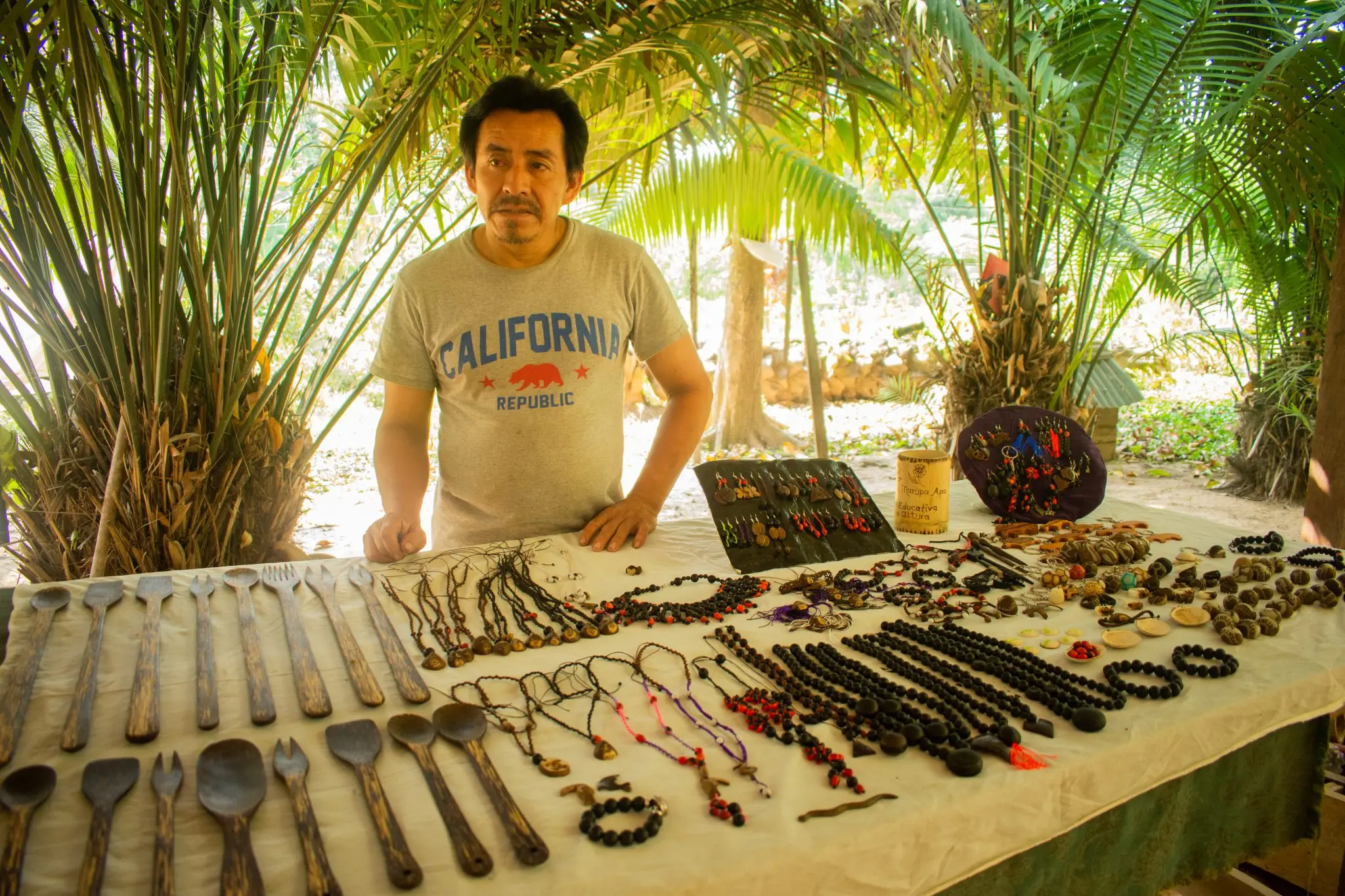
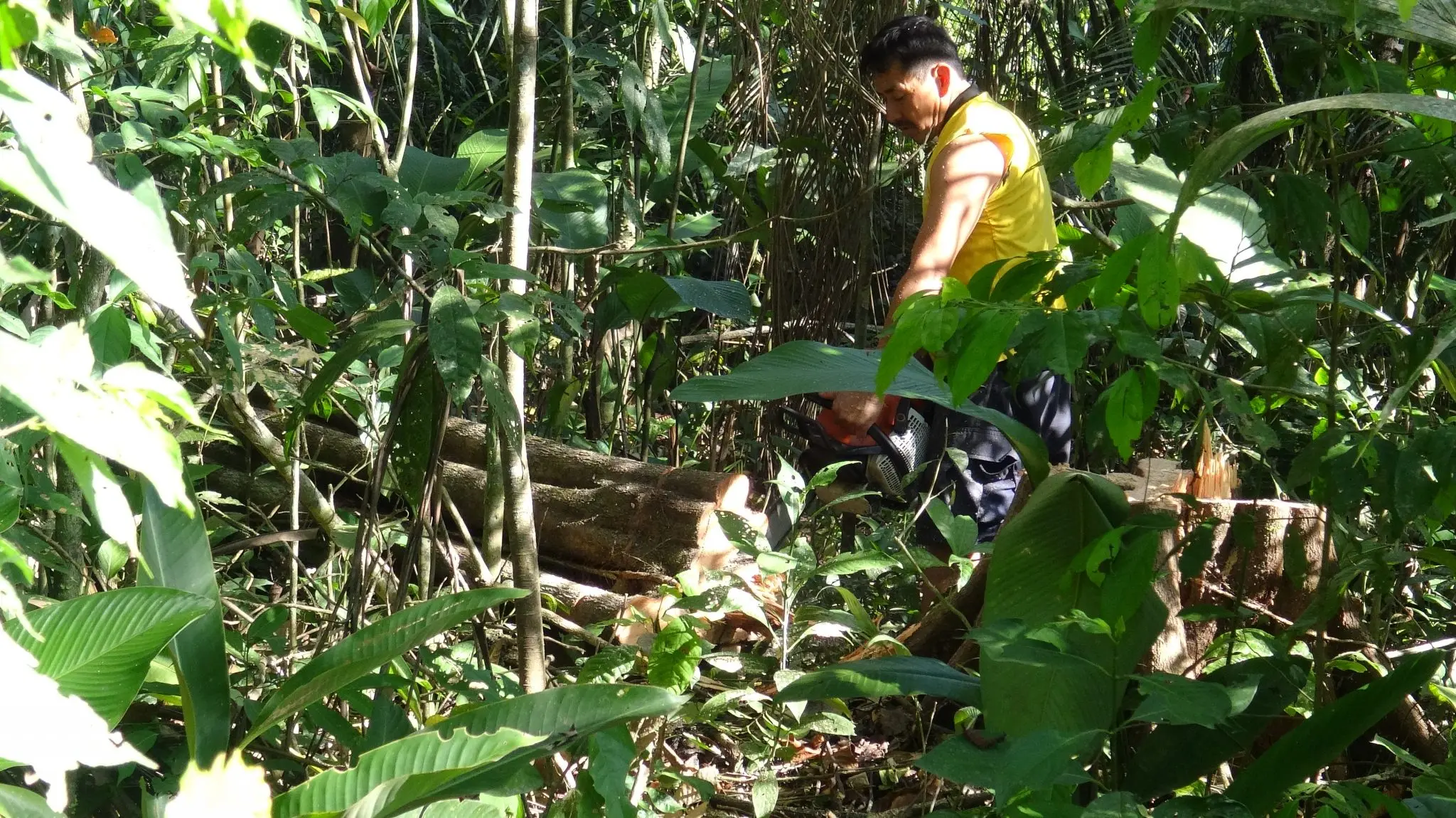
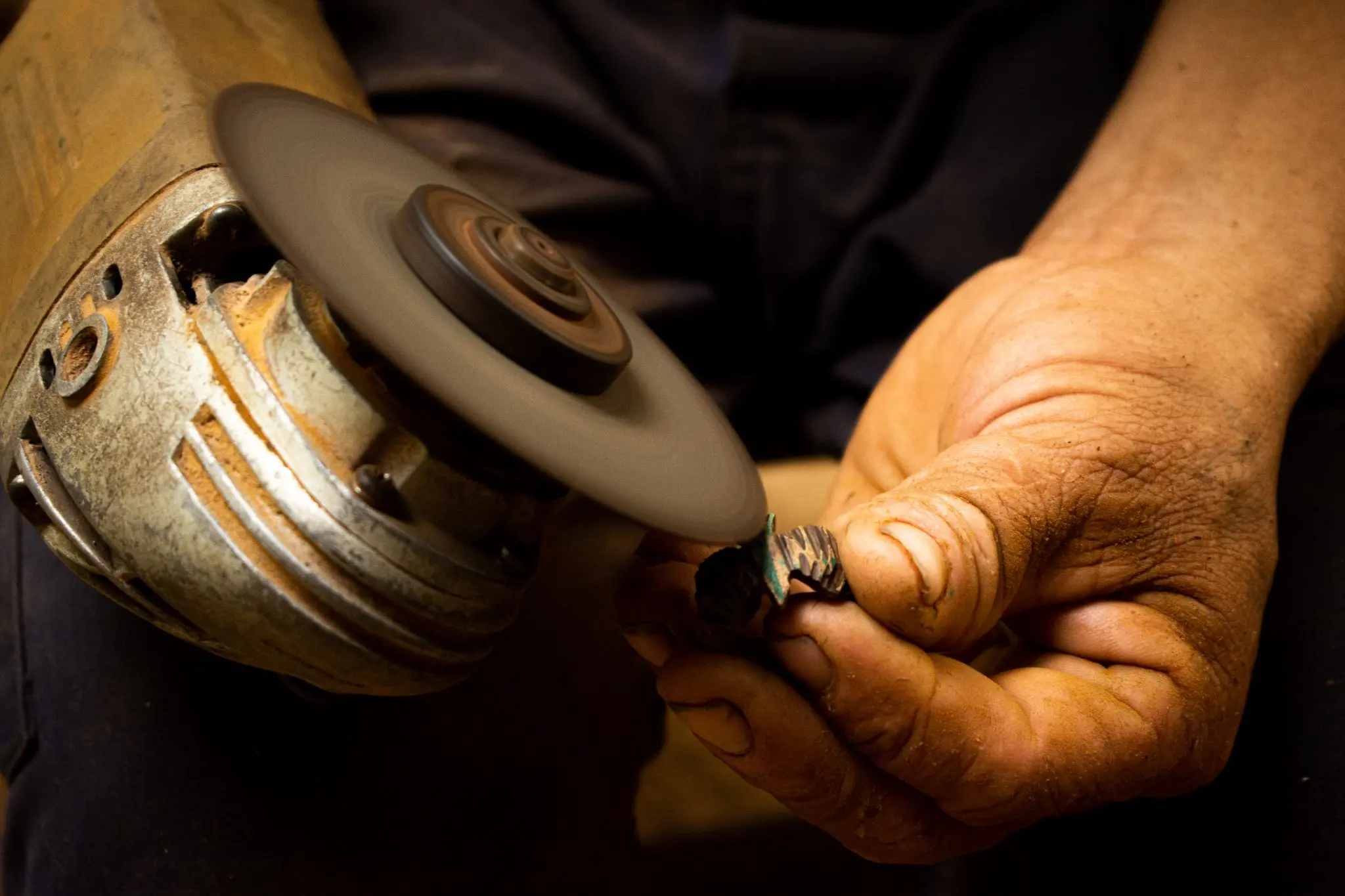
- View this story on Opinión
- View this story on Página Siete
- View this story on Open Democracy












